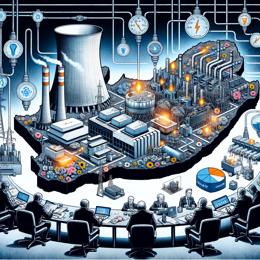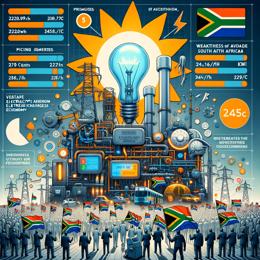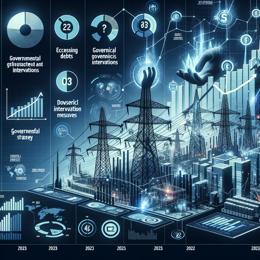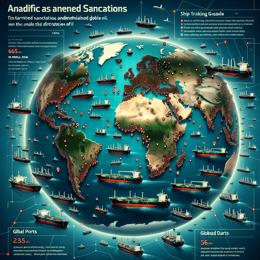Image created by AI
Eskom Enforces Registration and Compliance for Grid-Tied Solar Systems in South Africa
Eskom, South Africa's main electricity provider, has recently taken stringent measures to regulate grid-tied solar power systems connected to its network. The state-owned entity has declared that all such installations must be registered, labeling unregistered systems as illegal, even if they do not feed surplus electricity back into the grid.
This move comes as Eskom amplifies its efforts to streamline the integration of renewable energy sources within the national grid. Amidst growing concerns regarding safety and compliance, Eskom has indicated that the standard Certificate of Compliance (CoC) issued by qualified electricians for solar installations does not meet its criteria. The power utility requires a more rigorous inspection and approval process to ensure that these systems conform to its specific technical and regulatory standards.
In recent weeks, Eskom representatives have begun conducting on-site inspections of properties with grid-tied solar systems. These checks have led to the enforcement that additional components be installed—such as bidirectional meters which are essential for managing the energy flow between the property and the grid. The property owners have faced substantial financial outlays, with reports of costs running into tens of thousands of rands for the necessary upgrades and new meter installations.
Homeowners and businesses affected by these new mandates have expressed concerns over the unexpected expenses. These costs stem from purchasing new equipment, conversion fees, and the application process required to meet Eskom's regulations. This has heightened the dialogue around the affordability and accessibility of clean energy solutions in a country grappling with energy supply challenges.
Eskom defends its position by emphasizing the necessity of integrating small-scale embedded generation (SSEG) systems cohesively into the national electricity network. This initiative is part of a broader strategy to accommodate a surge in consumers who generate their own power using renewable resources, thereby supporting the shift towards a greener energy landscape in South Africa.
For system owners to align with Eskom's requirements, they must undertake an application process involving the payment of specified fees and signing new agreements that cover various aspects including tariffs, legal and regulatory conditions, metering, and technical specifications.
As South Africa continues to face electricity supply constraints, with load shedding being a frequent issue, the importance of efficiently incorporating renewable energy sources into the grid becomes even more critical. Eskom's recent actions could be seen as a step towards maintaining system integrity and ensuring the fair distribution and use of generated power.
However, the implementation process, marked by these abrupt regulatory changes, calls for a balanced approach that considers the financial burden on consumers eager to invest in renewable energy technologies. As the scenario unfolds, further developments are expected regarding how Eskom plans to facilitate a smoother transition for existing and new solar energy producers within its regulatory framework.










